the power of an image
What better time to talk about the power of an image than now. In today's world where the image travels with more speed and accessibility than ever before, when its power is magnified by its accessibility - as internet reaches more people the image gains power - it does not need to be translated, its emotional significance is expressed in a couple of seconds and just a glance can make an impact. The image translates across culture, language barriers and borders. It touches a part of us that stirs emotions and meaning while conveying a certain trust. We trust images to tell us what is happening in the world.
From the transformation of Che's epic face to more recent images of rebellion there has become an overload of meaningful images. Do we become more desensitized to these images as they become more mainstream, more readily available? Do they actually lose their significance? I got the feedback of my students from Nablus on this recent explosion of the image.
They walked around the room in silence looking at several images, the original Korda image of Che, images of Palestinians like themselves, an image of Glacier Lake, a classroom full of students, the Afghan girl with green eyes and a recent image of an Egyptian protestor. These 11, 12 and 13 year olds walked around with a marker and wrote down their reactions on posters surrounding the images. They responded to each image by asking a question, commenting on another person's response, critiquing the composition and talking about its significance.
I am surprised by the familiarity of these images for my students in Nablus. Would a room full of 11 and 12 year old's from the US recognize the Che image? What difference comments would be written on the image of the Egyptian protester, outlined in flame. Would they write, "hero" would they identify with this young man and see him as a strong figure standing up for what he believes in? My students assumed the man was Palestinian not Egyptian. They identified with this boy so strongly they were all surprised when we unpacked the image revealing who he was and what he was doing. It seems the image of the protestor, the rebel has become an icon like the Che image itself. The images are transformed from just their factual significance into something more layered representing an entire movement, the Arab spring, the fight against dictatorship and finally the struggle of any group of oppressed people against a larger power. My students know these images so they do not ask questions about these particular images. They assume they know what these images stand for and the story behind them. The repeated story of the oppressed seems to be all mixed together into some sort of flat image. Does this mean they have become desensitized? Has the image become so popular that it has lost its power of interest? It only gets a glance without much pondering about what actually is happening in the photograph. Many knew the Che image but nobody knew the story behind it.
While the unknown photographs created more questions. The "peaceful" positive images raised more questions for my students. They did not relate to, the image of Glacier Lake and the classroom crowded with Chinese students. Their comments regarding these images were positive: "peaceful, the importance of education, working to help educate, hope with education etc." Several questions were written around these photographs: "where are these children? Where is this lake, is it an ocean? What is falling into the lake?" etc. So again, I ask if the true meaning of an image is lost as it becomes an icon. People stop asking questions while the less popular images remain those we ponder.
We ended with the question can an image create change? Photography and art has become an important part of our world, not only of our history but of our future. It can influence world politics, it can inspire and add courage to a revolution. Photography has become a tool for the masses, it no longer is left to the artist in the dark room with money and education to produce. The students themselves are now included in this evolution of the image as they are doing their first internship as photojournalist. They began within our organization's classrooms but have started to venture out into their own neighborhood streets. This Thursday they will cover their first real story, traveling to the Old City of Nablus to not only to take pictures but to find images with stories from their own community.
It will be up to you, will their images hold power? Will they speak to you?
-Abi is the Triple Exposure Coordinator


